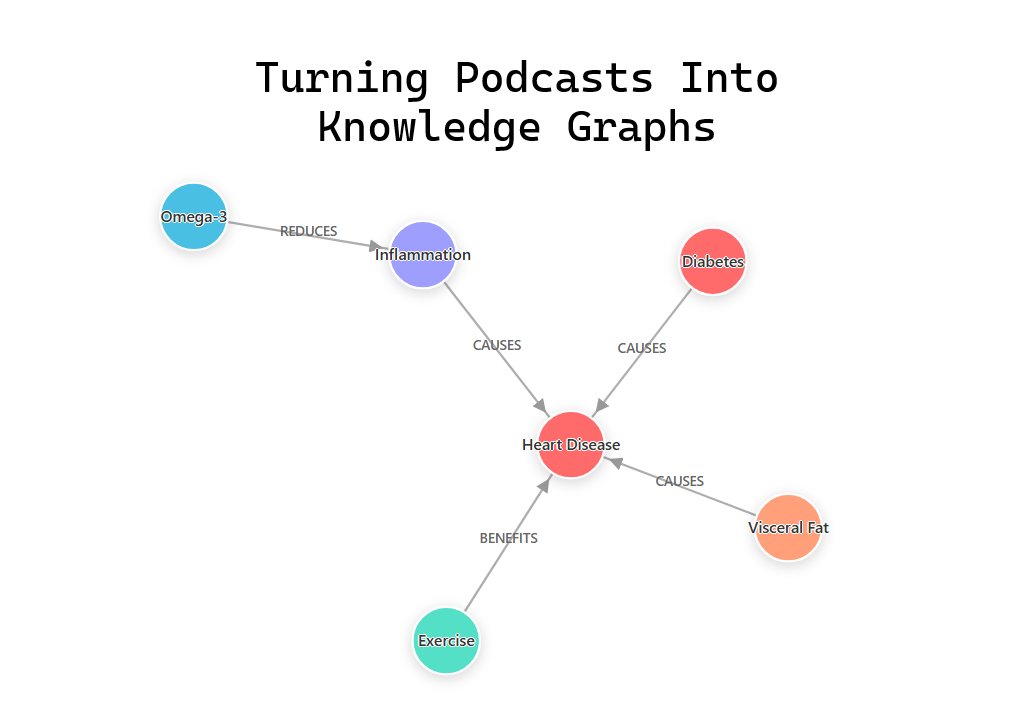Be careful how you forecast the future in Time Series! 🤔
There are two main ways:
1️⃣ The traditional way or multi-step forecast
2️⃣ Rolling forecast
Let's see how they differ 👇
🧵 Thread🧵
There are two main ways:
1️⃣ The traditional way or multi-step forecast
2️⃣ Rolling forecast
Let's see how they differ 👇
🧵 Thread🧵

🔎 Let's consider the Apple stock price for this example.
⚠️ However, this is applicable to any Time Series data!
⚠️ However, this is applicable to any Time Series data!
1️⃣ The traditional way or multi-step forecast
This consists of training the model once, with all the available data.
Then we forecast for several days in the future.
This consists of training the model once, with all the available data.
Then we forecast for several days in the future.

Imagine today is 30/11/2021.
We split the data in two:
- Training: prices until "today"
- Testing: prices from "today"
We split the data in two:
- Training: prices until "today"
- Testing: prices from "today"
- The Training set will be used to train the model.
- The Testing will be used to evaluate the results, as this is the Actual price that we ideally want to get.
- The Testing will be used to evaluate the results, as this is the Actual price that we ideally want to get.
This traditional forecasting method will be able to predict the first period, and maybe the following one too.
However, after that, the results will be really poor! 😔
However, after that, the results will be really poor! 😔

⚠️ PROBLEM: You are missing important data if you do that → the evolution of the price from the training day until today.
🤔 SOLUTION: Retrain the model every day with all the available data → This is called "Rolling forecast".
Tomorrow we'll discuss the Rolling forecast!
But, you can check my previous thread about it 👇
But, you can check my previous thread about it 👇
https://twitter.com/daansan_ml/status/1605517159660105728
Please 🔁Retweet the FIRST tweet of the thread if you found it useful!
🔔 Follow me @daansan_ml if you are interested in:
🐍 #Python
📊 #DataScience
📈 #TimeSeries
🤖 #MachineLearning
Thanks! 😉
🔔 Follow me @daansan_ml if you are interested in:
🐍 #Python
📊 #DataScience
📈 #TimeSeries
🤖 #MachineLearning
Thanks! 😉
• • •
Missing some Tweet in this thread? You can try to
force a refresh












